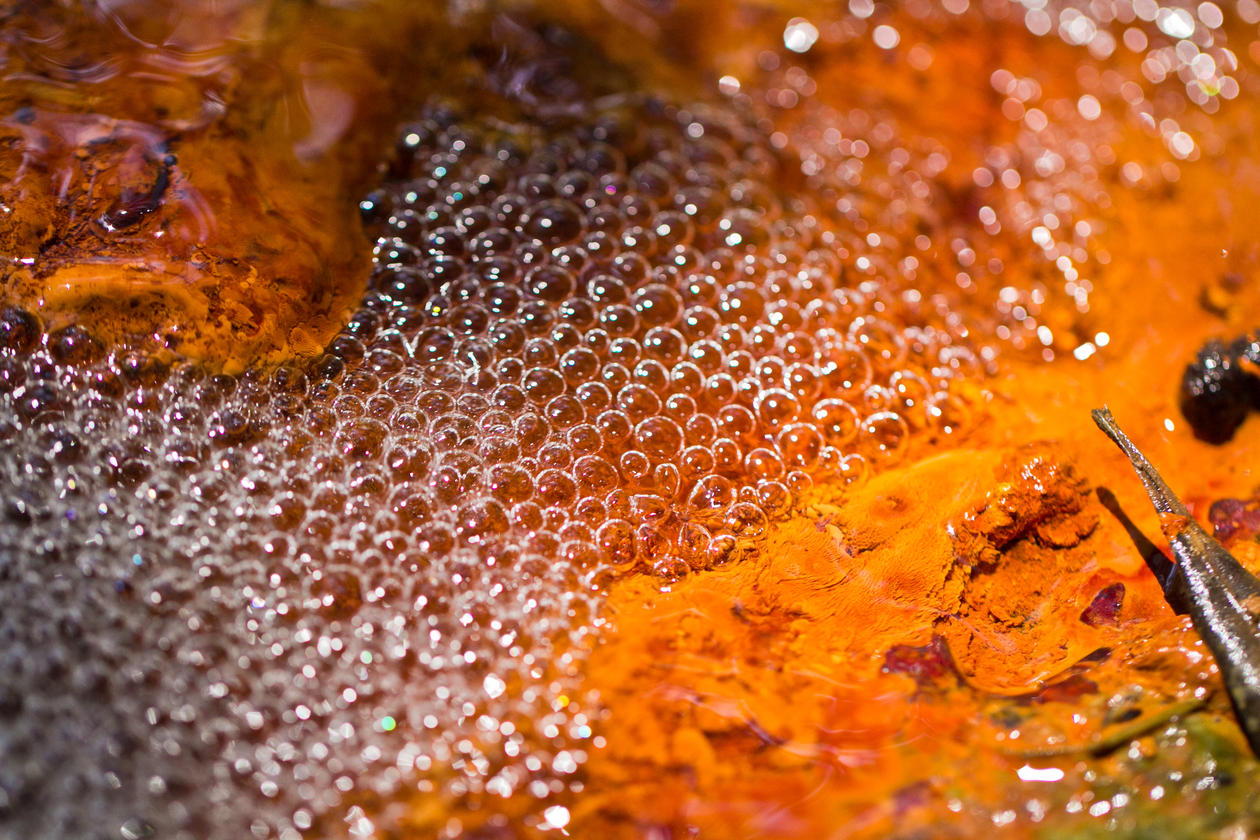Theme Goals and Methods
The questions and objectives the theme pursues and the main methods they use in their research
Hovedinnhold
In the very few studies on communities of deep sea and terrestrial hydrothermal vents, an unexpectedly high diversity of Archaea was detected - there is much yet to be learned about hyperthermophilic chemo-lithoautotrophic organisms because they have not been extensively studied yet. Even less is known about Bacteria in hot environments. Increasing the knowledge on the diversity, genome content, physiological potential and adaptive strategies of the prokaryotes from the deep biosphere, will significantly contribute to the understanding of the roots of life.
Research activities will concentrate on the following specific objectives:
- determine the evolution of hyperthermophilic microorganisms by comparative genomics and phylogenomics, and analyze the information processing machineries and adaptive features of some model organisms in detail. The same model organisms as studied in Theme 3 will be used in this research.
- trace remnants of early life forms in existing microorganisms from the deep biosphere (e.g. ribozymes, viruses etc.)
- characterize the distribution and diversity of metabolisms and adaptive features in organisms from different lineages of the deep-biosphere communities in order to reconstruct early cellular life forms, i.e. a putative last common prokaryotic ancestor.
Beside common technologies ranging from modern microbiology to molecular biology (see Deep Biosphere outline) these studies will also involve novel tools and applications, e.g. high throughput sequencing of cDNA libraries (with novel pyro-sequencing technologies) and proteomic analyses of complex microbial communities (meta-proteomics, to analyse the dominant metabolisms).
